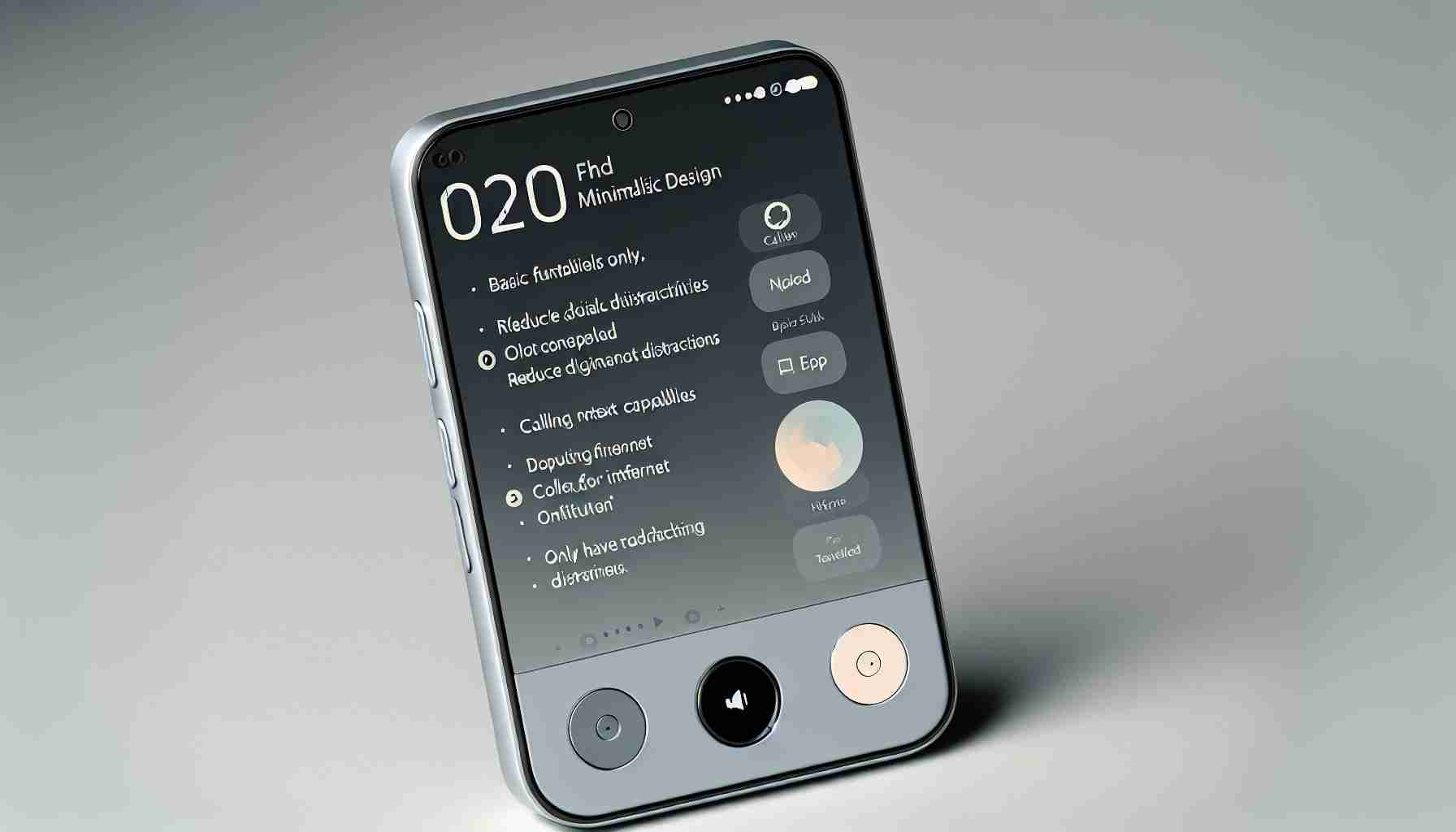HMD, the company behind Nokia phones, made waves at MWC 2024 when they unveiled the Barbie Flip Phone, a device aimed at flipping the script on smartphone culture. Now, they are taking a step further with the introduction of the Boring Phone – a collaboration with beer brand Heineken – designed to help users disconnect and enjoy genuine moments of connection.
The Boring Phone is a minimalist device with a clear focus on mental well-being. Its primary function is to make and receive calls and text messages. Unlike smartphones, this limited-edition device is unable to download social media or other apps. The transparent casing and holographic stickers add a touch of style, making it appealing to younger users.
In terms of specifications, the Boring Phone offers a week of standby time and up to 20 hours of talk time. While major smartphone brands like Samsung and Apple boast high-quality cameras, the Boring Phone takes a different approach with its modest 0.3MP rear camera. Despite its simplicity, the device includes the classic game Snake for added entertainment.
Heineken’s involvement in the project reflects their desire to create moments of genuine connection. Nabil Nasser, the company’s head honcho, explains that the Boring Phone is designed to help people experience the joy of true togetherness, free from the distractions of constant notifications and social media.
HMD has announced that the Boring Phone will debut at Milan Design Week in April. However, there is no confirmation yet on when or if the device will be available for purchase. For those who don’t manage to get their hands on the physical Boring Phone, HMD plans to launch an app in June that will simulate the same minimalist experience.
In a world filled with smartphones capable of doing almost anything, the Boring Phone offers a refreshing alternative. It proves that sometimes, simplicity is the key to a more meaningful and balanced life, where genuine connections take precedence over constant digital engagement.
The Boring Phone is entering a market dominated by smartphones that offer a wide range of features and functionalities. The smartphone industry has experienced tremendous growth over the years, with global smartphone shipments reaching over 1.5 billion units in 2020. Major players in the market include Samsung, Apple, Huawei, and Xiaomi, among others. These companies have been constantly innovating and introducing new technologies to attract consumers.
However, there is a growing segment of users who are seeking a more minimalist approach to technology. They are looking for devices that help them disconnect from the constant digital engagement and focus on real-life connections. The Boring Phone aims to cater to this demand by offering a stripped-down experience with limited features.
Market forecasts suggest that there is a potential niche for devices like the Boring Phone. According to a report by Market Research Future, the global minimalist phone market is expected to grow at a CAGR of 13.35% from 2020 to 2027. This growth is driven by consumers’ increasing awareness of the negative effects of excessive smartphone use and their desire for a more balanced and mindful lifestyle.
One potential issue related to the Boring Phone is its limited functionality. While it may appeal to users who prioritize mental well-being and genuine connections, it may not be suitable for those who heavily rely on smartphones for various tasks such as work, productivity, entertainment, and social media engagement.
Another challenge for the Boring Phone is differentiating itself from the competition. There are already existing minimalist phone options in the market, such as the Light Phone and Punkt MP02. HMD will need to effectively communicate the unique selling points of the Boring Phone and convince consumers of its value proposition.
For more information about the smartphone industry and market forecasts, you can visit Counterpoint Research or International Data Corporation (IDC). These websites provide insights, reports, and analysis on the global smartphone market.
The source of the article is from the blog krama.net
